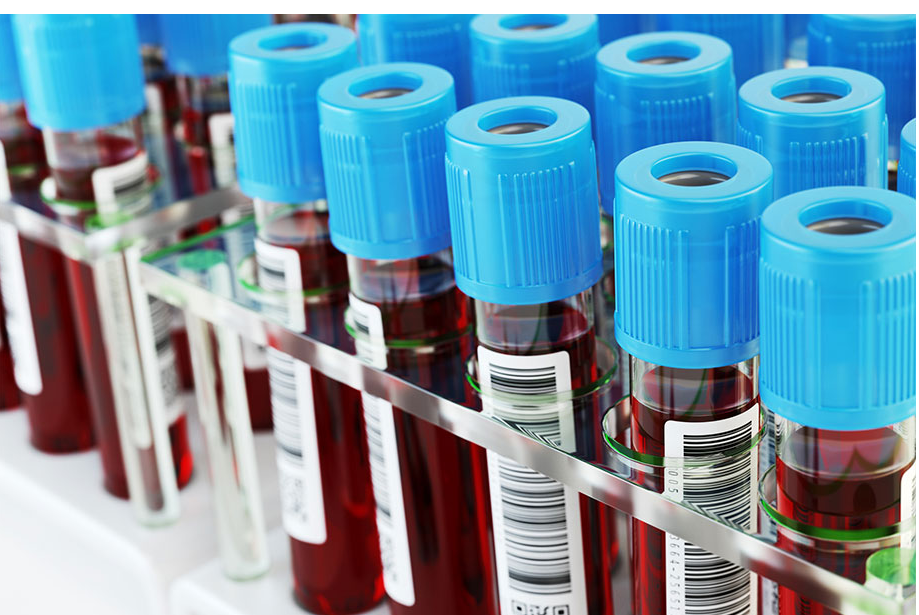Health care facilities primary concern is to control hospital associated infections [HAIs]. These are infections that patients acquire while receiving treatment for some other medical condition. The main possible route of transmission of infectious disease in hospitals can be airborne, droplet, and contact. One of the routes that is susceptible for HAI transmission is PTS or pneumatic tube system.
For decades, PTS have been used to transport pharmaceuticals, supplies, documents, and lab specimens. In addition, more frail things like blood and vaccines. Certainly, PTS carriers transport can be regarded as hazardous, so stringent protocols need to be established, so as to prevent possible contamination dilemma. Visit https://www.wasecurity.com/ to check how several concerns about leakage and improper packaging has been resolved.
Leakage resistant carriers
Transportation of blood, specimens, or medications through PTS can cause leakage within the carrier or possibly the tubing system thus exposing hospital staff to hazardous material. The issue of leakage due to container breakage is resolved through using carrier’s inserts as well as enhancing soft delivery of carrier.
Timeliness
PTS are designed to deliver materials as soon as possible. It can deal with high traffic volume but senders must ensure to follow the protocols of transporting critical materials properly. Thus, there will not be any system delays because of spills or traffic.
Tracking and smooth transport
PTS system can monitor each and every transaction, thus users cannot lose any carriers. Tracking carriers significantly reduces infected pathways. Today, the delivery station and transfer unit are designed for air-cushioned, soft conveyance of carriers, so that the overall content gets transported safely.
How to control potential infection via PTS system?
Container testing
Containers chosen must be able to transport critical materials safely without any leakage. Carriers chosen for the healthcare PTS system has to be high-impact, leak resistant and anti-microbial to ensure safe conveyance of sensitive and hazardous items. Fill container with 3/4th with water. Tighten the lid. Insert this carrier in clear Ziploc bag and insert this between padded liners into the PTS carrier.
Send this test container with water specimen to a distant receiving station. Coordinate with receiving station to have this water specimen returned immediately to its original point. On return, check the plastic bag and container for leakage. Repeat these for 5 to 6 times with every container that will be used in the PTS transport. If there is leakage then replace with another tight sealed container.
Specimen packaging
All blood and bodily fluids must be handled as potentially contagious and dangerous matter. Make use of specially designed pouches and padded carrier liners for safe transport. It also ensures the specimens integrity and control. The personals that handle these specimens need to wear proper PPE [personal protective equipment] according to the safety & precautionary protocols. Contaminated sharps must NEVER be transported via PTS system.
How to address contamination?
All the exteriors of PTS carriers must be inspected for leakages or spills. It helps to find out if the container leakage has affected the pneumatic tube. If it is detected on exterior then stop sending other carriers using special emergency code for stopping. Notify maintenance department to instantly start system clean up procedure along with total system shut down.
Infection control protocols need to be adhered to as per regulatory guidelines for maintaining health safety of personnel and patients.




